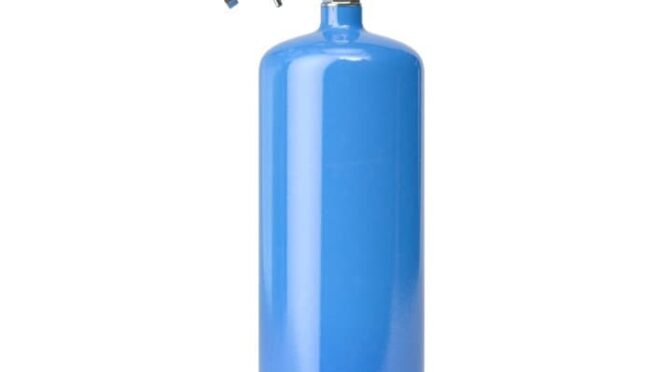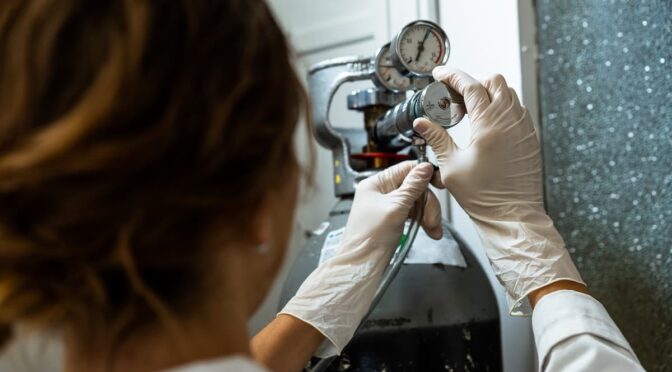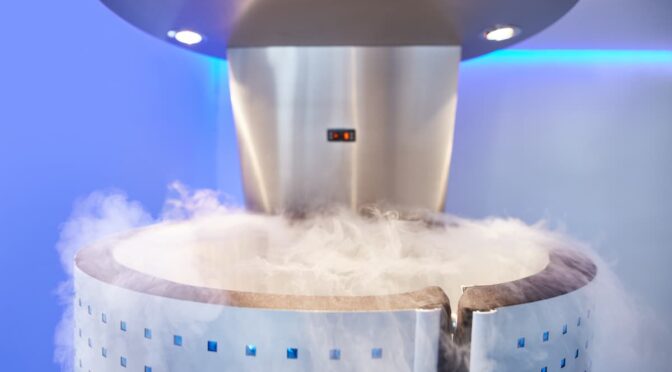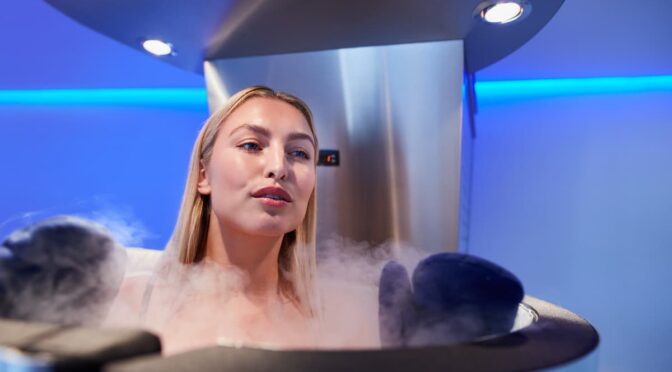There are several choices for nitrogen supply, including larger pressurised containers or non-pressurized Dewar tanks. Since you cannot swap one for the other since they are not interchangeable, it is crucial to pick the one that best suits your requirements right away.
Here are a few things to think about
Dewar tanks without pressurisation are more manageable and compact. They spend the duration of the session inside a cryosauna. During a session, nitrogen steam is pumped into the cabin through a pipe in the cryosauna that descends into the Dewar.
A Dewar has a wheeled base and weighs 14.5 kg when empty, making it simple to move. It seems to take up less room than a larger tank and would be simpler to replenish.
Consumption is definitely influenced by the session length, which ranges from 1.5 to 3 minutes, and the cabin’s temperature (for a beginner the operator can choose -130C, for a veteran user -150C is a more likely option). By arranging sessions one at a time with no more than a 10-minute break in between, you can conserve nitrogen. Additionally, environmental factors like humidity and room temperature affect nitrogen use and evaporation from tanks. The amount of sessions you can receive from a tank is therefore speculative.
Dewar tanks that aren’t pressurised have a 40-liter capacity (or 32 kg, as 1 litre of liquid nitrogen weighs 0.8 kg), which is enough for one chilling and around 8 to 10 sessions. Along with your cryosauna, you receive two tanks, and you may order more. This kind is ideal if you anticipate serving 10 clients a day or if you want to utilise a cryosauna at home.
The volume of pressurised tanks ranges from 100 l to 5,000 l. Using a 240-liter (192 lb) tank as an illustration, you might have about 60 sessions. This version is cost-effective and doesn’t need to be refilled too frequently. It is advised for establishments like gyms, spas, and clinics with a large volume of daily sessions.
In addition to some nitrogen evaporating along the hose, on the junctions between the valve and the hose, and between the tank and the hose, pressurised tanks have a somewhat greater evaporation rate than non-pressurized Dewars. But this loss is minuscule when there is a steady stream of clients.
If you’re unsure, get in touch with us and we’ll help you make a decision because both feed alternatives offer advantages and disadvantages.







